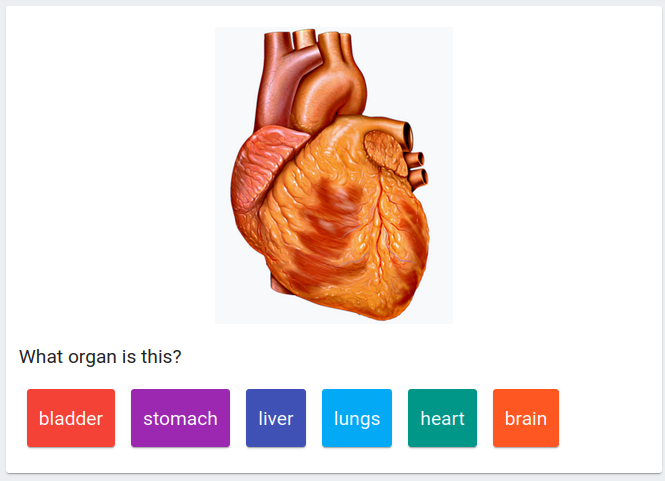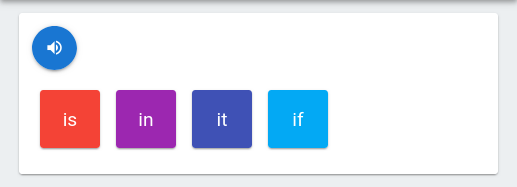Skuilder's default card type uses markdown enhanced with a moustache syntax to define its interactivity. The features are described by example in the editors below. The editors are live - play with the contents.
Note that the rendering context here - outside of the assumed environment of a skuilder StudySession, with many cards rendered at once - may result in some slightly wonky behaviour.
Information Cards
When no moustache syntax exists, the card is interpreted as a straightforward markdown document.
Dismissals of information cards are automatically stamped with isCorrect: true.
Basic Fill-In Example
Simple fill-in-the-blank with a single correct answer. This renders a TextInput for the user to enter the answer. In normal context, it will autofocus the input element.
Fill-In with Multiple Choice
Instead of a user-typed answer, we can render multiple choice
A blank can present as a multiple choice question with correct answer and distractors:
Here, the double-bar || separates the correct answer from distractors, and the single bar | separates distractors.
The order of rendered options is randomized, and a maximum of 6 options will be rendered, no matter the number of distractors supplied.
If an item exists as both an answer and a distractor, it will be interprted only as an answer.
Multiple correct answers can be supplied as well. Exactly one correct answer will be rendered as an option.
Multiple Choice as Answer-to-a-Question
If the multiple-choice moustache occupies its own final, line-break separated line content of the card, it will render the options but insert no blank into the text.
On Whitespace
Whitespace inside of moustache notation is trimmed, which can help to write readible card source. The following texts all render the same card:
Dense:
{{answer||distractor1|distractor2}}
Spaced:
{{ answer || distractor1 | distractor2 }}
Roomy:
{{
answer
||
distractor1
|
distractor2
}}
Markdown in Answers
Rendered multiple-choice buttons may also include markdown.
Including, eg, code blocks:
Media in Cards
Basic cards support media (audio, image) that has been bundled with the card. Porting that process to this docs site is a work in progress, but the rough picture is this:
Images

Audio

General Content Embedding
If it's markdown, it mostly just works. For example, this youtube embed.
Note: if you're reading this and haven't watched this talk, treat yourself.